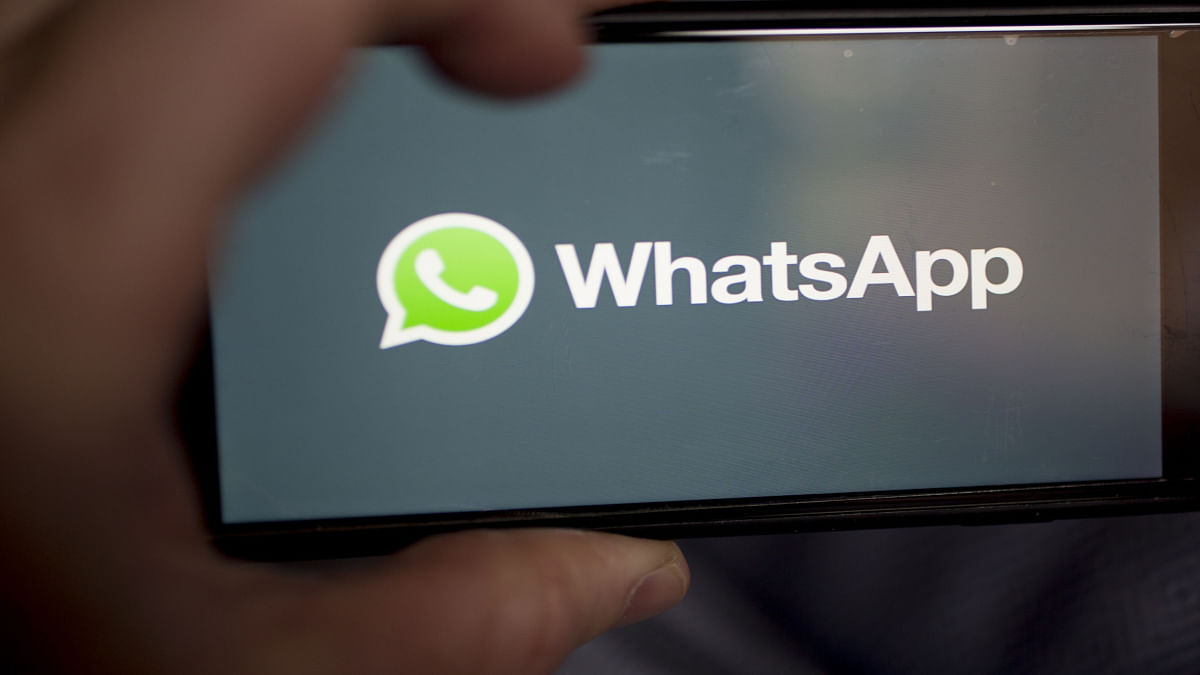


At the bottom you can find the NLRI information with our prefix.If you get a notification that your computer can’t connect to Messages, try these steps: The AS_PATH attribute is transitive while MULTI_EXIT_DISC is optional. You can see the ORIGIN, AS_PATH and MULTI_EXIT_DISC (MED). No routes are withdrawn and there are a couple of BGP attributes.
#Messages open update#
R1(config-router)# network 1.1.1.1 mask 255.255.255.255Ībove you can see a update message from R1. Let’s take a look at an update message from R1: R1(config)# router bgp 1 This extended length flag may only be used if the length of the attribute value is greater than 255 octets. Extended Length: when the attribute length is 1 octet it is set to 0, for 2 octets it is set to 1.Partial: when an optional attribute is complete this bit is set to 0, when it’s partial it is set to 1.Transitive: when an optional attribute is non-transitive this bit is set to 0, when it is transitive it is set to 1.Optional: when the attribute is well-known this bit is set to 0, when its optional it is set to 1.
#Messages open how to#
These path attributes are stored in TLV-format (Type, Length, Value).Įach of the BGP attributes also has an attribute flag that tells the BGP router how to treat the attribute.

Use the router-ID that was configured manually with the bgp router-id command.BGP Identifier: this is the local BGP router ID which is elected just like OSPF does:.BGP routers will use the lowest configured hold down timer. By default the hold time is set to 180 seconds on Cisco IOS routers, the keepalive message is sent every 60 seconds. Hold Time: if BGP doesn’t receive any keepalive or update messages from the other side for the duration of the hold time then it will declare the other side ‘dead’ and it will tear down the BGP session.My AS: this includes the AS number of the BGP router, the routers will have to agree on the AS number(s) and it also defines if they will be running iBGP or eBGP.Two BGP routers will try to negotiate a compatible version, when there is a mismatch then there will be no BGP session. The current version of BGP is version 4 which is described in RFC 4271. Version: this includes the BGP version that the router is using.Here are some of the items you will find in the open message: In the open message you will find some information about the BGP router, these have to be negotiated and accepted by both routers before we can exchange any routing information. Once two BGP routers have completed a TCP 3-way handshake they will attempt to establish a BGP session, this is done using open messages. I will use the following topology for this: To explain these BGP messages I will show you some Wireshark captures. BGP uses a variety of messages for establishing the connection, exchanging routing information, checking if the remote BGP neighbor is still there and/or notifying the remote side if any errors occur.Īll of these BGP messages use a fixed-size header, it includes a type field that indicates what type of message it is.


 0 kommentar(er)
0 kommentar(er)
